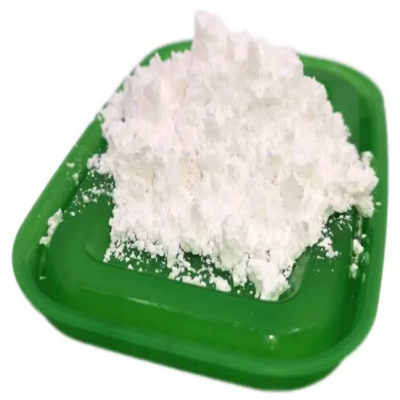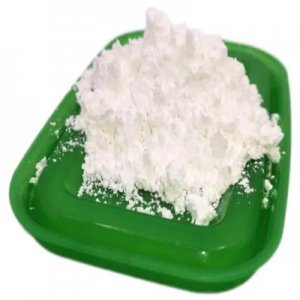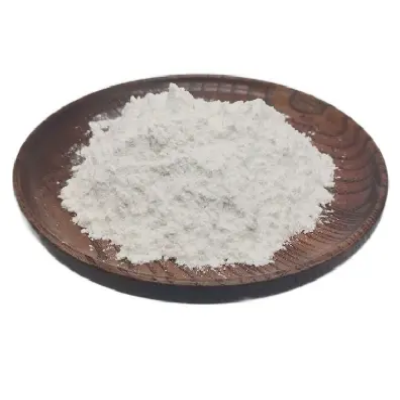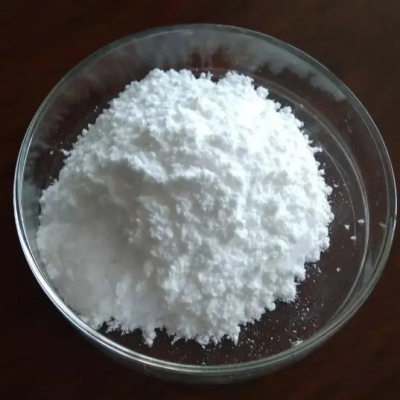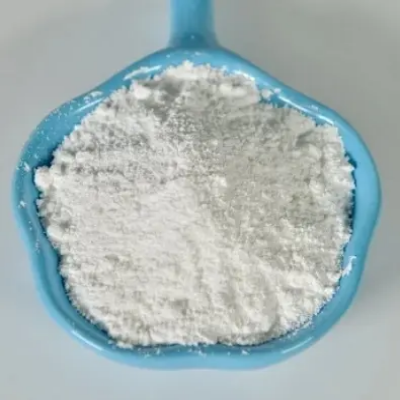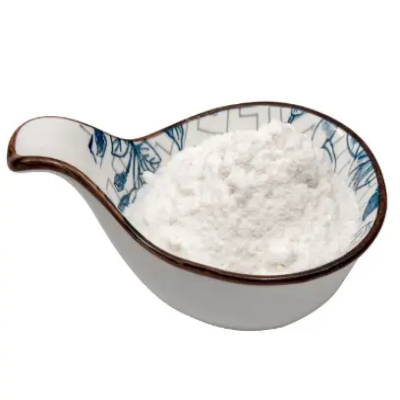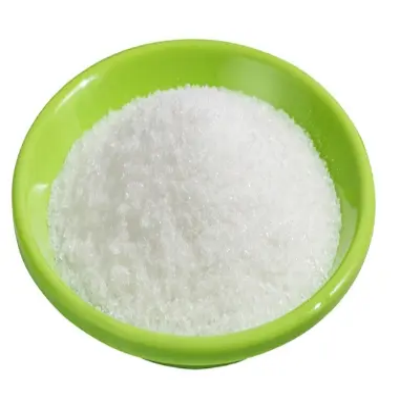tricyclohexylphosphine CAS:2622-14-2
Tricyclohexylphosphine (PCy3) serves as a fundamental building block in organometallic chemistry, finding extensive application as a ligand in transition metal catalysis and coordination chemistry. In homogeneous catalysis, PCy3 coordinates with transition metal centers to form stable complexes, which catalyze a wide range of synthetic transformations. Its bulky and sterically demanding structure enhances catalyst stability and selectivity by preventing undesired side reactions and catalyst deactivation. This property makes PCy3 particularly valuable in catalytic processes such as cross-coupling reactions, hydrogenation, and olefin metathesis. Moreover, tricyclohexylphosphine is employed in the synthesis of organometallic complexes used as precatalysts in various catalytic transformations. These complexes, often derived from the reaction of PCy3 with transition metal salts, exhibit tailored reactivity and selectivity, enabling the efficient synthesis of complex organic molecules. Additionally, PCy3 serves as a ligand in coordination chemistry, where it stabilizes metal complexes and modulates their electronic and steric properties. By coordinating to metal centers, tricyclohexylphosphine influences the geometry and reactivity of metal complexes, facilitating key bond-forming reactions and promoting catalytic efficiency. In organic synthesis, tricyclohexylphosphine is utilized in the preparation of organophosphorus compounds and phosphine oxide derivatives. Its ability to act as a nucleophilic or basic reagent enables the functionalization of organic molecules, leading to the synthesis of diverse chemical entities with varied applications in medicinal chemistry, materials science, and agrochemicals. Furthermore, PCy3 finds application in asymmetric catalysis, where chiral derivatives of tricyclohexylphosphine are employed to induce chirality in metal catalysts. These chiral ligands enable the enantioselective synthesis of chiral compounds, crucial in the production of pharmaceuticals, fine chemicals, and natural product synthesis. Overall, tricyclohexylphosphine's versatility as a ligand in organometallic chemistry underlines its significance in modern synthetic methodologies and catalytic processes, where it facilitates the efficient and selective formation of complex organic molecules.






| Composition | C18H33P |
| Assay | 99% |
| Appearance | white powder |
| CAS No. | 2622-14-2 |
| Packing | Small and bulk |
| Shelf Life | 2 years |
| Storage | Store in cool and dry area |
| Certification | ISO. |


